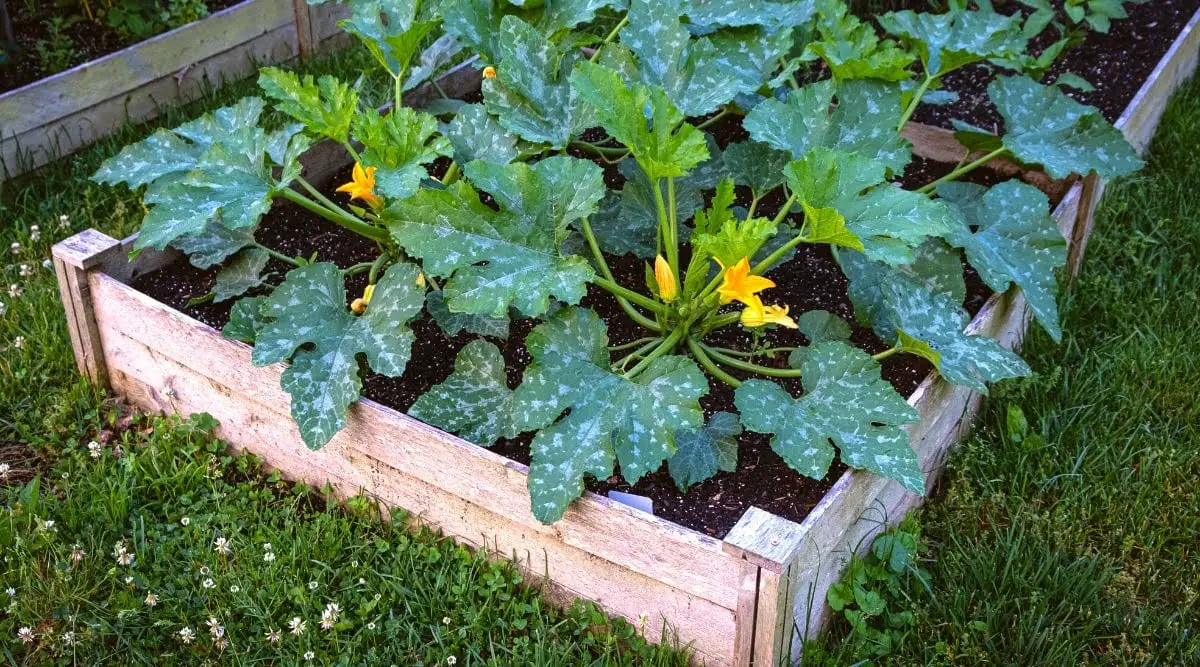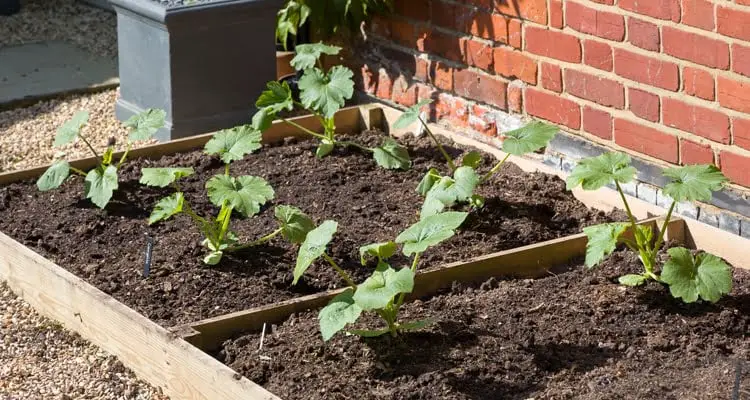Zucchini is a versatile and delicious vegetable that can be easily grown in raised beds, making it a perfect addition to any garden. In this article “How To Grow Zucchini In Raised Beds”, you will find valuable tips and tricks on how to successfully grow zucchini in raised beds. From choosing the right soil to providing optimal sunlight and water, we will guide you through the entire process, ensuring that your zucchini plants thrive and yield an abundant harvest. Whether you are a seasoned gardener or just starting out, these tips will help you achieve a bountiful zucchini harvest in your own backyard.
Choosing the Right Variety
When it comes to growing zucchini in raised beds, selecting the right variety is crucial. Consider space constraints, as some varieties require more room to spread out than others. Look for disease-resistant varieties to ensure your plants have a better chance of surviving any potential illnesses. Additionally, decide between bush and vining types based on the space you have available and your personal preference. Lastly, consider your climate when choosing a zucchini variety, as certain types may be better suited to your specific weather conditions.
Preparing the Raised Bed
Now that you’ve chosen the perfect zucchini variety, it’s time to start preparing your raised bed. Select a sunny location for your raised bed, as zucchini plants thrive in full sun. Clear the area of any debris, weeds, or grass to provide a clean slate for your zucchini plants. Improve soil drainage and fertility by adding organic matter such as compost or aged manure. This will help ensure that your zucchini plants have access to the nutrients they need to grow and produce abundant crops. Lastly, you can either build or purchase a raised bed to create the perfect growing environment for your zucchini plants.

Starting from Seeds or Transplants
Deciding whether to start your zucchini plants from seeds or transplants is an important step in your gardening journey. Consider when to plant based on your local climate and the recommended planting time for zucchini. If you choose to start seeds indoors, ensure they have proper light and warmth until they germinate. Harden off transplants by gradually exposing them to outdoor conditions, allowing them to adjust to the outdoor environment without experiencing transplant shock. Once your seedlings are ready, transplant them to the raised bed, taking care not to damage their delicate roots.
Optimal Soil Preparation
To ensure your zucchini plants have a healthy and productive growing season, it’s crucial to prepare the soil properly. Start by testing and adjusting the soil pH to the recommended range for zucchini, typically between 6.0 and 7.0. Amend the soil with organic matter such as compost or well-rotted manure to improve overall soil fertility and structure. This will create a nutrient-rich soil mix that will support healthy zucchini growth. Additionally, consider mulching the soil to help conserve moisture, suppress weed growth, and regulate soil temperature.

Providing Adequate Water and Drainage
Water is essential for the growth and development of zucchini plants, so it’s important to provide adequate water while also ensuring proper drainage. Determine the watering frequency and amount based on your local climate and the moisture needs of your zucchini plants. Consider using irrigation methods such as soaker hoses or drip irrigation to deliver water directly to the roots, minimizing water waste. Additionally, ensure your raised bed has proper drainage to prevent waterlogging, which can lead to root rot. Monitor soil moisture regularly to ensure your zucchini plants are receiving the optimal amount of water.
Implementing Proper Spacing and Support
Space is at a premium in raised beds, so it’s important to follow recommended spacing guidelines for your zucchini plants. This will ensure adequate airflow and sunlight penetration, reducing the risk of diseases and promoting healthy growth. Consider using trellises or cages to support vining zucchini varieties, maximizing your vertical space and making harvesting easier. Proper pruning techniques can also help manage the size of your zucchini plants and improve overall plant health. Train your zucchini plants to grow in a controlled manner to optimize space utilization and increase productivity.

Mulching and Weed Control
Mulching your raised bed offers several benefits when it comes to growing zucchini. It helps retain soil moisture, preventing water evaporation during hot summer days. Mulch also acts as a barrier, suppressing weed growth and reducing competition for nutrients and water. Choose the right mulch materials, such as straw or wood chips, that won’t compact the soil or create drainage issues. Implement effective weed prevention and control measures, such as hand-pulling weeds or using organic weed suppressants, to keep your zucchini bed weed-free and your plants thriving.
Fertilizing and Nutrient Management
Proper fertilizing and nutrient management are essential for healthy zucchini plants and abundant fruit production. Understand zucchini’s nutrient needs and select the right fertilizers accordingly. Organic fertilizers, such as compost or organic vegetable fertilizers, are great options that provide slow-release nutrients. Apply fertilizers properly by following the manufacturer’s instructions and avoid over-fertilization, which can lead to nutrient imbalances or burn your plants. Regularly monitor your zucchini plants for any signs of nutrient deficiencies and adjust your fertilization routine accordingly.

Pest and Disease Management
Zucchini plants can be susceptible to various pests and diseases, but with proper management, you can minimize their impact on your garden. Learn about common zucchini pests in your area and implement preventive measures, such as companion planting or row covers, to deter pests from reaching your plants. Regularly inspect your zucchini plants to identify any signs of pests or diseases, such as insect damage or leaf discoloration. If necessary, treat the affected plants with appropriate organic pest control methods, such as insecticidal soap or neem oil. Early intervention is key to preventing the spread of pests and diseases.
Harvesting and Pruning Techniques
Knowing when to harvest your zucchini is essential for enjoying the best flavor and texture. Harvest zucchini when they reach their optimal size, typically between 6 to 8 inches in length. Use a sharp knife or pruners to cut the zucchini cleanly from the plant, avoiding any damage to the stem or nearby fruit. Regularly picking zucchini encourages continuous production and prevents them from becoming overripe and unpalatable. Pruning zucchini plants can also improve overall plant health by removing damaged or diseased foliage and promoting better airflow and sunlight penetration.
By following these comprehensive tips for growing zucchini in raised beds, you can create an ideal environment for your zucchini plants to thrive. From choosing the right variety to harvesting and pruning techniques, every step plays a crucial role in ensuring a successful zucchini growing experience. With a bit of care and attention, you’ll be rewarded with a bountiful harvest of delicious zucchini to enjoy in your favorite recipes throughout the growing season. Happy gardening!



